The quickest way to get your car towed to a mechanic is to call a nearby towing service, share your exact location, and have the driver take your vehicle directly to the repair shop you choose. This straightforward process is the safest solution when your car breaks down, won’t start, or becomes too risky to drive.
In this guide, we’ll walk you through every step of how to get your car towed, from deciding when towing is necessary, to choosing the right tow truck, preparing your vehicle, estimating costs, and what to do once your car reaches the mechanic. Along the way, you’ll find practical tips that make the process faster, less stressful, and more affordable.
By the end, you’ll know exactly what to do the next time your vehicle leaves you stranded, so you can protect your car, save money, and get back on the road with confidence.
Table of Contents
- Why You Might Need to Tow Your Car
- Step 1: Decide If Your Car Needs a Tow
- Step 2: Call a Towing Service
- Step 3: Know the Different Types of Tow Trucks
- Step 4: Prepare Your Car for the Tow
- Step 5: Understand the Cost of Towing
- Step 6: Make Sure Your Car Reaches the Mechanic
- Safety Tips During Towing
- Alternatives to Traditional Towing
- Final Thoughts
- FAQs
Why You Might Need to Tow Your Car
Cars break down for many reasons, and sometimes driving them to the shop simply isn’t safe. You may need a tow if the engine won’t start, the transmission won’t shift, or the car overheats on the road. Accidents, flat tires, broken axles, and suspension damage are also common situations where towing is the only option. Knowing the cause helps you explain the problem clearly to the towing company so they bring the right equipment.
Here are the main steps to follow when you need to get your car towed to a mechanic:
Step 1: Decide If Your Car Needs a Tow
Not every car problem requires towing. Before calling for help, check:
- Battery or starter issue? Try jump-starting the car. If it starts, you can usually drive to the mechanic yourself.
- Flat tire? If you have a spare and the right tools, you may be able to change it on the spot.
- Overheating engine? If smoke or steam is coming from under the hood, do not attempt to drive further. Call a tow immediately.
When in doubt, choose safety first. Driving a damaged car can cause more expensive repairs or even put you in danger.
Step 2: Call a Towing Service
Once you’re sure towing is the safest option, it’s time to arrange for service. Here’s how to do it:
- Find a towing company nearby. You can search for a tow truck near me or 24-hour towing service on your phone.
- Provide your exact location. Use your phone’s GPS or nearby landmarks so the tow truck driver can find you quickly.
- Explain the issue. Let the dispatcher know if your car won’t start, if it’s in a ditch, or if it’s damaged. This ensures they send the right type of truck.
- Confirm the destination. Give them the name and address of the mechanic you want your car taken to.
If you’re stuck on a busy road, stay inside your car with hazard lights on until the tow truck arrives.
Step 3: Know the Different Types of Tow Trucks
Not all tow trucks are the same, and the one you need depends on your car’s condition:
- Flatbed tow truck – Safest option, especially for all-wheel drive or heavily damaged cars. The vehicle is lifted fully off the ground.
- Wheel-lift tow truck – Lifts only the front or back wheels. Works well for short distances.
- Hook and chain tow truck – Rarely used today, but still available in some places. Best for junk or non-running cars.
If you’re unsure, ask for a flatbed. It’s usually the most secure way to get your car towed to a mechanic.
Step 4: Prepare Your Car for the Tow
Before the tow truck arrives, take a few minutes to prepare:
- Remove personal belongings. Don’t leave valuables in the car.
- Take photos. Snap pictures of the car’s condition in case of damage during towing.
- Release the emergency brake. This helps the tow operator load your car smoothly.
- Provide keys. The driver may need access to unlock the steering or put the car in neutral.
These small steps can save you headaches later.
Step 5: Understand the Cost of Towing
The cost of towing depends on several factors:
- Distance: Most companies charge per mile after a base fee.
- Type of tow truck: Flatbeds usually cost more than wheel-lifts.
- Location and time: Tows at night, on weekends, or from highways can be more expensive.
- Membership coverage: Services like AAA or roadside assistance through your insurance may cover all or part of the cost.
On average, expect to pay between $75 to $200 for short-distance towing. Always ask for a quote before confirming service.
Step 6: Make Sure Your Car Reaches the Mechanic
Once the tow truck arrives at the shop:
- Double-check that the driver delivers your vehicle to the correct mechanic.
- Ask the shop to inspect the car as soon as possible.
- Request an estimate before repairs begin.
If you cannot be at the shop when your car arrives, call ahead to let the mechanic know it’s being towed in.
Safety Tips During Towing
Getting a car towed can be stressful, especially if it happens at night or on a highway. Here are safety tips to keep in mind:
- Stay visible: Keep hazard lights flashing while waiting.
- Move to a safe area: If possible, pull to the side of the road or a parking lot.
- Stay in your car: It’s usually safer to wait inside than standing near traffic.
- Have ID and paperwork ready: The tow driver may need proof of ownership.
Your safety comes first, so never risk standing too close to moving traffic.
Alternatives to Traditional Towing
Sometimes, you don’t even need a full tow truck. Other options include:
- Roadside assistance services – Insurance companies, credit cards, and auto clubs often provide free or discounted towing.
- Mobile mechanics – Some mechanics come to you and may fix simple problems on-site, saving the cost of a tow.
- Ride with the tow driver – If you don’t have another ride, most tow trucks allow passengers. Confirm when you book.
Exploring alternatives can save you money and time.
Final Thoughts
Knowing how to get your car towed to a mechanic can take a stressful situation and turn it into a manageable one. By staying calm, calling the right towing service, preparing your car properly, and understanding costs ahead of time, you protect both your vehicle and your wallet. The next time your car won’t start or you find yourself stuck on the road, you’ll know exactly what steps to take.
FAQs
How do I get my car towed to a mechanic?
The easiest way is to call a towing service, provide your exact location, and request the driver to deliver your vehicle directly to the repair shop you choose.
Can I choose which mechanic my car is taken to?
Yes, you have the right to decide where your car goes. Simply give the towing company the exact address and name of your preferred repair shop when you book the tow.
Will towing damage my car?
When done correctly, towing does not damage your car. Flatbed trucks are the safest option because your vehicle is lifted fully off the ground during transport.
How much does it cost to tow a car to a mechanic?
Costs vary, but most local tows range from $75 to $200 depending on distance, time, and type of truck. Always ask for a quote before confirming service.
How long will it take for the tow truck to arrive?
Tow truck wait times usually range from 20–40 minutes in urban areas but may take longer in rural locations. Delays may occur during peak traffic or bad weather.
What should I do while waiting for the tow truck?
Stay safe by keeping your hazard lights on, waiting inside your car if traffic is heavy, and having your driver’s license and insurance ready for the tow driver.
Does my insurance cover towing?
Some insurance plans include roadside assistance, which covers towing. Check your policy or call your provider to confirm if towing is included or needs to be added.
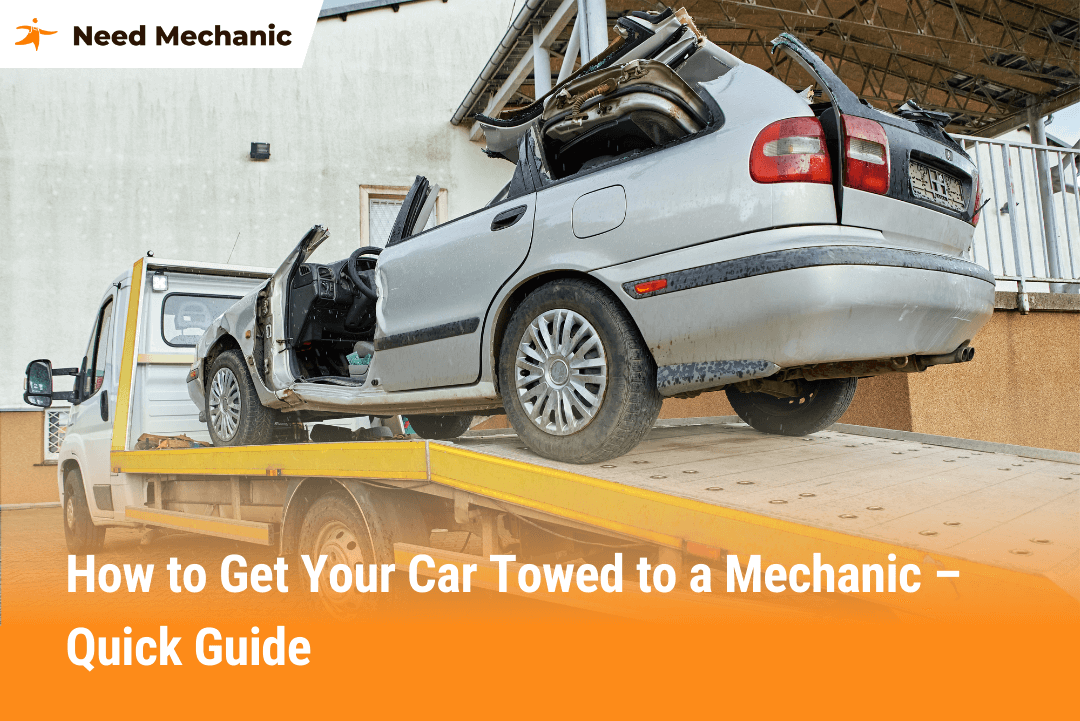



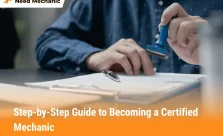
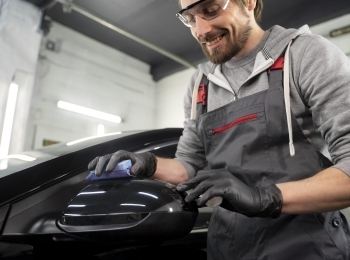
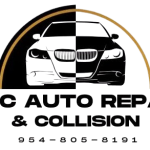
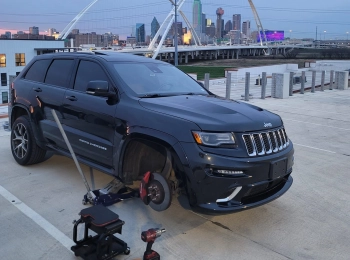





Leave a Reply